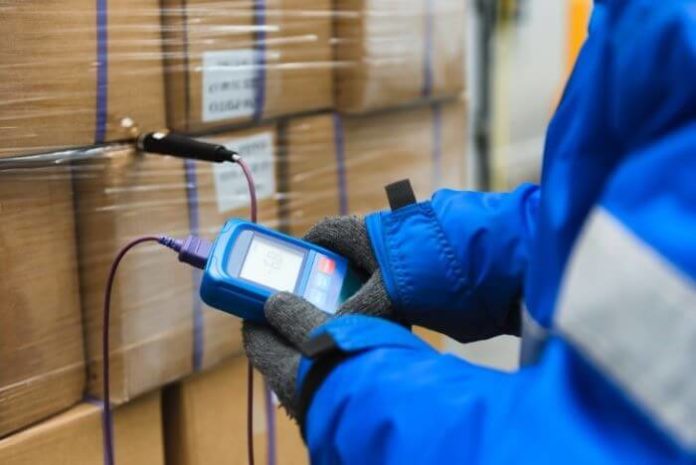Are you looking for tips on how to ship temperature controlled items without causing any damage to them? You are in the right place. This post will be providing you with some useful tips to make this happen.
Presently, the temperature controlled freight industry is booming – thanks to the increase in demand for everything from fresh cut flowers to medications and live plants and animals. Shipping things that need to stay within a certain temperature range requires not only special equipment but a special strategy.
Not only do you need to use insulated shipping containers and cold or hot packs, you may also need to choose a refrigerated truck or container shipping option. These are used to ensure your perishables remain within the recommended temperature range throughout transit. It’s also a good idea to choose faster shipping options so that your temperature controlled items are more likely to arrive in good condition.
Also, you should choose a carrier that has experience handling temperature controlled items, and monitor the temperature of your freight contents throughout transit. A temperature indicator can offer real-time data on your package’s temperature.
Tips for Shipping Temperature-Controlled Items
#1: Pack them properly
When it comes to shipping temperature controlled items, you need to take special care that they’re packaged correctly. If you’re shipping live animals or plants, you’ll need special containers and packaging designed to protect contents from damage or injury in transit.
And for live animal shipping, you’ll need to follow postal regulations for the shipping of live poultry, bees, scorpions, reptiles, and other creatures.
Of course, just as you would when shipping a non-temperature controlled item, you should always use brand-new packaging products to pack your temperature controlled shipments. Recycled or reused shipping boxes and containers may no longer be able to offer the structural integrity you need to ensure that your shipment arrives intact.
For items that need to be kept cool, you have some options. You can package the items with dry ice to keep them cool, but many shipping carriers have restrictions on how much dry ice you can use for this purpose. At the same time, you’ll have to label your package with a dry ice sticker since the substance can be hazardous.
Other options include choosing a carrier that offers refrigerated shipping or using a refrigerated gel pack to keep the shipment cool. You may also want to place the cooling pack and the items in a styrofoam cooler to provide additional insulation before placing it in the shipping box.
Keeping your items cool in transit isn’t always the watchword. Sometimes, you need to do the opposite — keep your items warm so they don’t freeze. Some perishable items might be ruined if they’re allowed to freeze.
Some live plants and animals may also need to be kept warm. For example, if you’re sending a cactus to a customer in Maine in January, you’re going to need to include a heat pack in that shipment to keep the cactus warm as it travels through freezing temperatures.
#2: Use a Temperature Indicator
Back in the bad old days, you might have had to just cross your fingers and hope that your temperature-sensitive shipment remained in the appropriate temperature range throughout transit —but you might have had no way to be sure.
Now, you can attach a temperature indicator to your package that will let the recipient know if your package’s contents have exceeded the recommended temperature range during shipment. You can even use radio frequency identification (RFID) tracking tags to get real-time updates on your shipment’s temperature, including alerts that can help you intervene when a package is in danger of getting too hot or too cold.
#3: Ship Overnight or Priority
The longer a temperature sensitive shipment remains in transit, the higher the risk of it going bad before it arrives. You should choose the fastest shipping method possible for your temperature controlled items.
Overnight shipping is preferred, but priority shipping will be fast enough for most items. Some items, live animals, can only be shipped on certain days of the week, to eliminate the chance of them being left in a warehouse somewhere due to the weekend or a federal holiday.
#4: Choose the Right Carrier
Choose a reputable shipping carrier that knows how to handle temperature-sensitive items. Most major freight carriers do offer temperature controlled shipping. You may not need to ship your items in a refrigerated truck if you can pack them properly with dry ice or a cool pack, and choose a rapid shipping option to get them to their destination before the cooling agent loses its efficacy.
Final Note
Shipping temperature controlled items is a little different than shipping non-temperature-sensitive things, but it’s not that big of a deal in most cases. Whether you’re shipping live plants, perishable food, fresh flowers, or medication, it is well worth the extra effort and expense to make sure they arrive in great shape.







